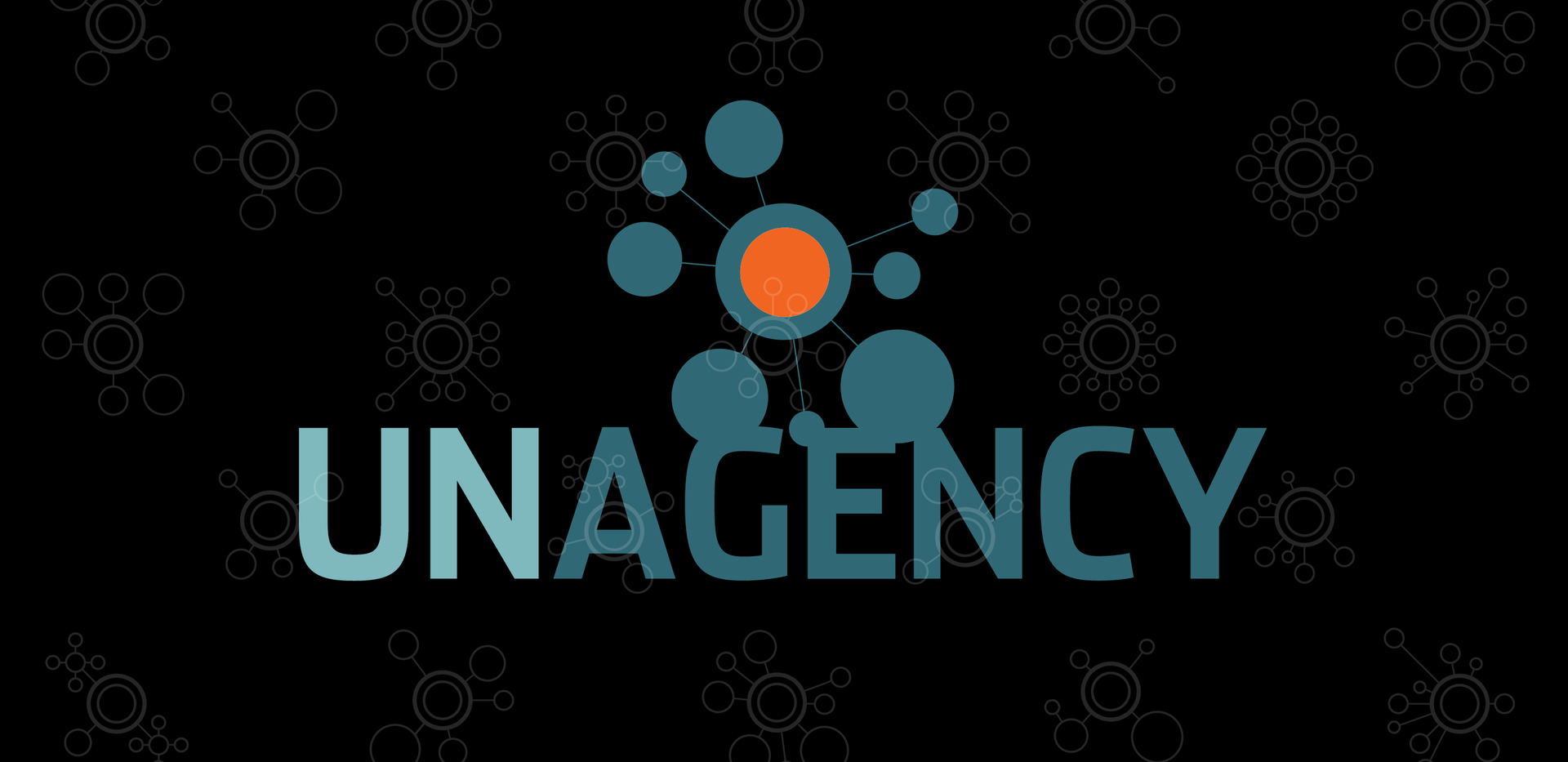Every day we come across signs or alerts seeking our attention. Some are more obvious than others, like a chest pain indicating a pending heart attack, or a warning indicator on the dash of a car indicating a potential problem. One is much easier to ignore than the other.
Last week, my Acura MDX politely alerted me that there was a potential problem with the charging system. I’m not sure exactly what that is, which made it even easier to ignore. I do know that our cars are really intelligent these days and that maybe we ought to listen to them when they want our attention. But like a lingering cold, I assumed this would go away on its own. Fast forward several days later to me stranded on the side of the road in a car with a defunct alternator, a weak battery, and regret like a boy who was asked to clean his room, which he ignored and was now being punished. Inactions (and actions) have consequences.
As the mayor of Cleveland once said, “The problem is we have a problem. It’s not that we don’t know what the problems are; we’ve known those for years. It’s not that we don’t know what the solutions are; we’ve known those for years. The problem is we haven’t done anything about it.”
Yes, sadly this was an actual statement. I’d by lying if I said it wasn’t relatable though. Embarrassingly, it’s what inspired this post.
Think about all of the signs we see in business, yet ignore out of convenience. If you’re struggling to attract top talent, perhaps it’s indicative of a brand message that fails to connect with recruitment prospects. Or is there a culture issue to address? These are signs.
Our businesses give indicators every day that indicate how they’re performing. Google Analytics provides clear metrics indicating your website’s performance. They’ll tell you specifically what pages or content attract visits on your site, as well as what’s turning them away. That’s pretty awesome information — if you choose not to ignore it.
Social media tools give us all the indicators we need to understand how well we’re engaging with audiences. Your CRM application alerts you to the qualified leads in your pipeline and the probability of engagement.
Perhaps most important of all are the signs indicating the strength of your brand and stakeholders’ loyalty to it. A steady drop in sales leads may indicate failure to clearly articulate the value of your products or services. Does your brand tell a compelling story, or is it just another “me too” in the sea of sameness. Or perhaps it’s inconsistency in communications that leave your prospects wondering what you do and how it benefits them. These signs are indicative of a larger problem, and the worst thing you can do is ignore them.
See the signs. There are plenty that indicate where your brand is strong and where it may need work. Pay attention to them.
And remember, you can’t spell ignorance without ignore.




